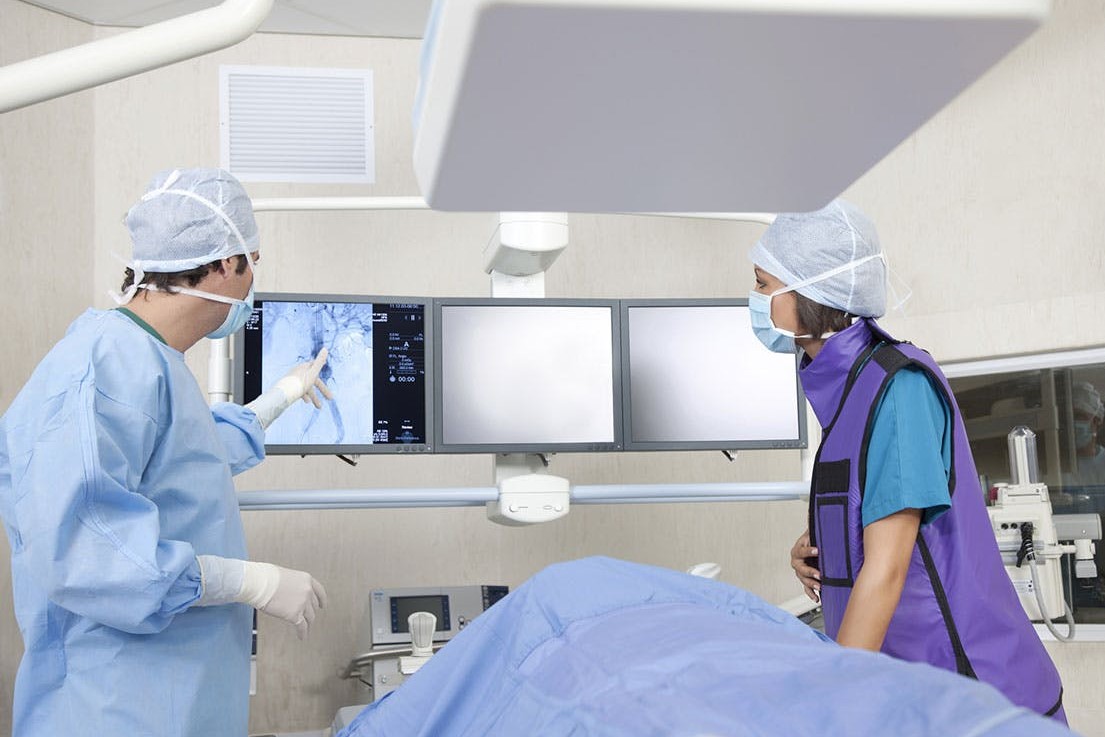
What is Transoral Robotic Surgery (TORS)?
In recent years, robotic surgery has been introduced into many disciplines, including ENT. Transoral robotic surgery (TORS) is any surgical procedure that uses a surgical robot (da Vinci Xi®) to remove a tumour from the mouth or throat or to increase airway space
During these procedures, the robot’s arms are strategically placed inside the patient’s mouth.
The surgeon sits in a console away from the patient and can control the robot’s arms while sitting in his console.
An assistant sits at the head of the patient’s bed to help in any way that may be necessary.
TORS: the main advantage is to allow the surgeon to access anatomical structures that are not easily accessible through the mouth itself
In particular, the robot allows access to parts of the head and neck region that might otherwise require more invasive operations with increased risks and post-operative problems.
However, this minimally invasive technique is only performed if the lesions can be removed radically and as effectively as standard techniques.
In which pathologies is TORS used?
Transoral robotic surgery is a relatively new approach and allows the removal of benign and malignant tumours located in areas of the head and neck region that are difficult to access, such as the base of the tongue and the hypopharyngeal-laryngeal region.
These two areas, together with other regions of the oropharynx (soft palate, tonsillar region, posterior wall of the oropharynx), are the main tumour sites where transoral robotic surgery is used.
Robotic surgery is also used in cases of “benign” diseases such as Obstructive Sleep Apnea (OSA).
Patients suffering from obstructive sleep apnoea have frequent nocturnal episodes of apnoea due to obstruction of the upper airway.
In selected patients, resection of the tongue base using TORS may be a valid alternative to positive pressure mechanical ventilation (CPAP), or other surgical interventions, to improve the quality of life of patients by reducing the number of sleep apnoea.
The ENT specialist is the surgeon in charge of performing operations in the head and neck region, also using transoral robotic surgery when indicated.
TORS: what is the post-operative course?
The main advantage of transoral robotic surgery is the reduction in post-operative pain, length of stay and number of complications.
The duration of recovery will depend on the extent of the surgery and the ability to swallow solids and liquids after surgery, but is usually no more than 5-10 days.
Read Also:
Emergency Live Even More…Live: Download The New Free App Of Your Newspaper For IOS And Android
Intraperitoneal Chemotherapy: Effectiveness For Certain Intestinal And Gynaecological Cancers
WHO, First Blue Book On Paediatric Cancers Published


